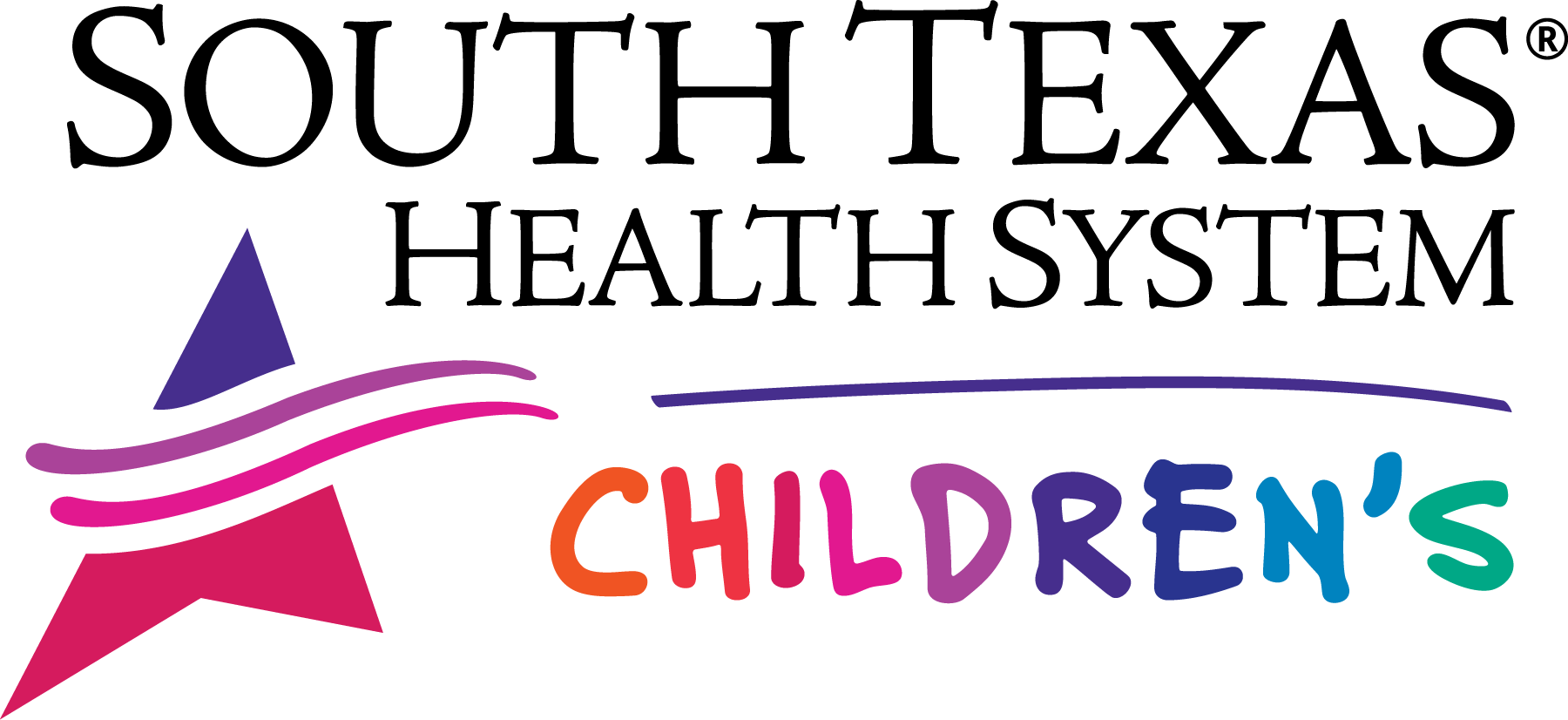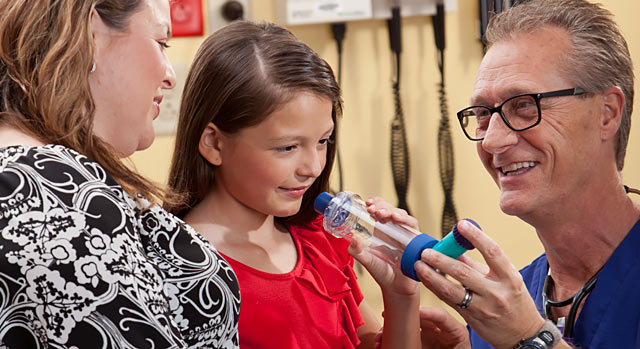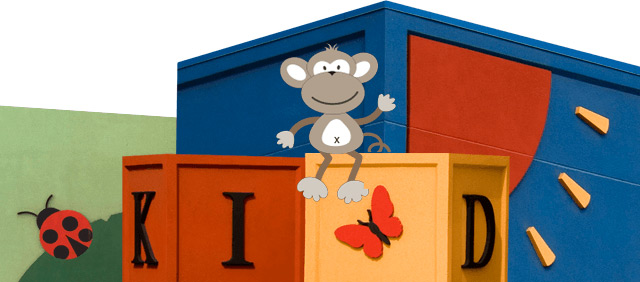Specialized Asthma Care
Asthma is a chronic condition that causes inflammation and narrowing of the airways, the tubes that carry air in and out of the lungs. Asthma can be especially serious for children since they have smaller airways compared to adults. Children with asthma may experience wheezing, coughing, chest tightness, and trouble breathing, especially early in the morning or at night.
Because asthma can literally take a child's breath away, it can limit their daily activities. According to the American Lung Association, asthma is one of the most common reasons for school absences. Children with asthma miss an average of one full week of school per year due to their illness. Low-income populations, minorities, and children living in inner cities experience more emergency department visits, hospitalizations, and deaths due to asthma than the general population.
Asthma Center of Excellence
The Asthma Program at South Texas Health System Children's is certified by The Joint Commission for providing quality care, treatment and services. It is the only facility in the four-county region to hold the designation by the nation’s oldest and largest standards-setting and accrediting body in healthcare.
Children receive personal, individualized care from physicians, nurses and respiratory therapists, specially trained to help them manage their asthma and breathe easier. The program also offers education and support to help kids and their parents understand the condition, learn how to live as symptom free as possible and prevent future asthma attacks.
When you bring your child to the Asthma Program at South Texas Health System Children's, physicians, nurses and respiratory therapists will provide personalized care tailored to his or her specific needs. Our Emergency Department has two dedicated asthma rooms where we can help children manage their asthma and breathe easier. The rooms are equipped with a comfortable sofa, recliners, books, toys and a TV to minimize the child's anxiety.
Asthma can be treated and controlled, but cannot be cured. The staff at the Asthma Program also offers education and support to help kids and their parents manage the condition and prevent future asthma attacks. With proper asthma education and guidance, parents can help:
- Lessen or prevent chronic symptoms in their kids, such as coughing or shortness of breath
- Reduce their child's need for quick-relief medicines
- Assist in maintaining good lung function
- Prevent asthma attacks that could result in an emergency room visit or hospital stay
Asthma Attack Signs and Triggers
There are four major signs of asthma:
- Wheezing — A hissing sound when breathing
- Shortness of breath — A feeling of running out a breath or trouble breathing that typically happens at night
- Chest tightness — A feeling of weight or pressure on the chest
- Cough — Chronic cough that is worse at night or morning, after exposure to irritants or extreme weather conditions
Triggers are certain conditions that can set off an asthma attack, which is when asthma symptoms become worse than usual. It's important to identify your child's triggers and learn how to avoid them. Some triggers can include:
- Exercise and physical activity
- Colds and the flu (wash your hands often)
- Changes in weather
- Trees and pollen (take a shower before bed if you have been outdoors)
- Mold (repair water-damaged areas in your home as quickly as possible)
- Smoking or exposure to second-hand smoke
- Dust and dust mites (wash linens in hot water)
Recognize the Symptoms
Avoiding trips to the emergency department is a main goal of asthma control. However, it is important that you recognize the symptoms that mean your child should go to the ED:
- Fast-relief medications are not working
- Fast-relief medication is not effective for four hours
- Wheezing or chest tightness is severe or worsening
- Your child cannot talk or walk because of difficulty breathing
- Your child’s lips or fingernails are turning blue or gray in color
- You notice retractions – the area below or in between your child’s ribs, or areas of his or her neck pull in as he or she breathes
- You notice your child’s nose opening up wide when breathing


